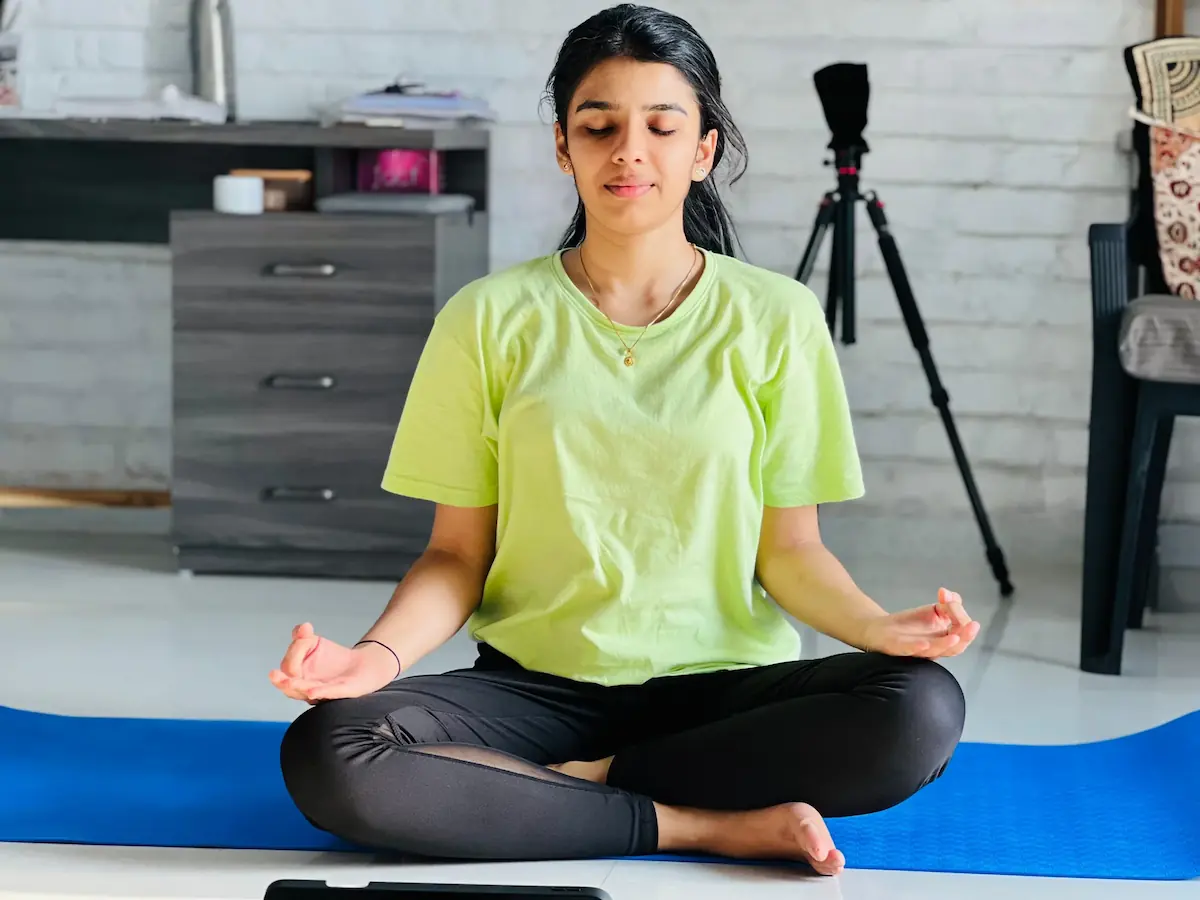Managing high uric acid doesn’t always require medication sometimes, a consistent yoga practice can do wonders. Yoga not only helps detox the body and improve metabolism but also supports kidney and liver function, which are crucial for uric acid regulation. The best part? You can start right at home without any fancy equipment!
Let’s explore 10 beginner-friendly yoga poses that support natural detox and help regulate uric acid levels in the body.
Trikonasana (Triangle Pose)
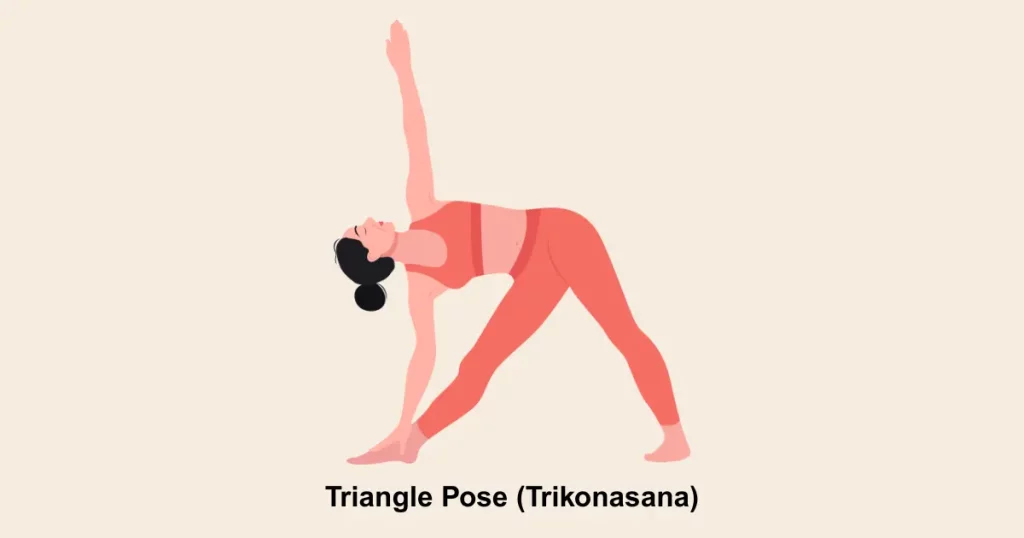
How to do:
- Stand with feet wide apart.
- Stretch arms parallel to the floor.
- Bend to the right, touching the right hand to your shin or floor.
- Left arm reaches straight up.
- Hold for 30 seconds and switch sides.
Benefits:
- Stimulates abdominal organs and kidneys.
- Boosts metabolism and aids in detox.
Tip: Avoid if you have severe neck or back pain.
Bhujangasana (Cobra Pose)
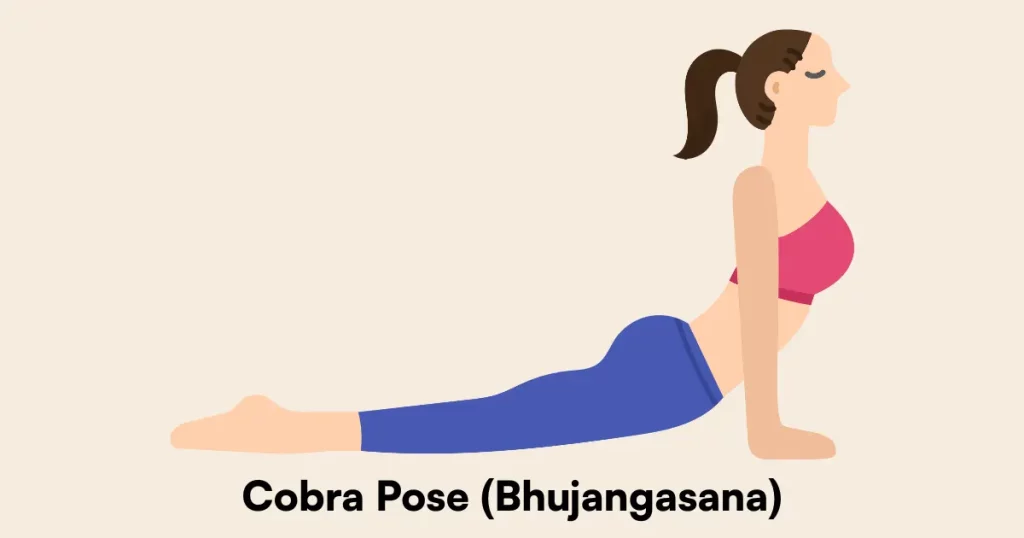
How to do:
- Lie on your stomach, hands under shoulders.
- Inhale and lift your chest using back muscles.
- Keep elbows bent and shoulders relaxed.
- Hold for 20–30 seconds.
Benefits:
- Enhances blood flow to kidneys and liver.
- Supports digestion and toxin removal.
Tip: Skip this pose during pregnancy or if you have a hernia.
Pawanmuktasana (Wind-Relieving Pose)
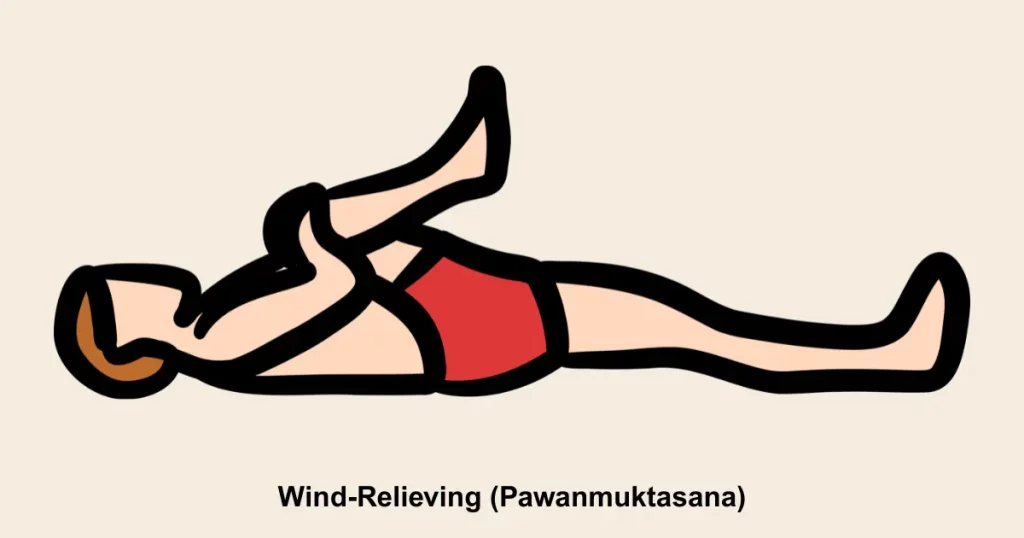
How to do:
- Lie on your back and bend knees to chest.
- Hug knees and lift your head toward them.
- Hold for 20–30 seconds, breathing deeply.
Benefits:
- Improves digestion and reduces gas.
- Helps break down purines and reduce uric acid.
Tip: Practice on an empty stomach.
Ardha Matsyendrasana (Half Spinal Twist)
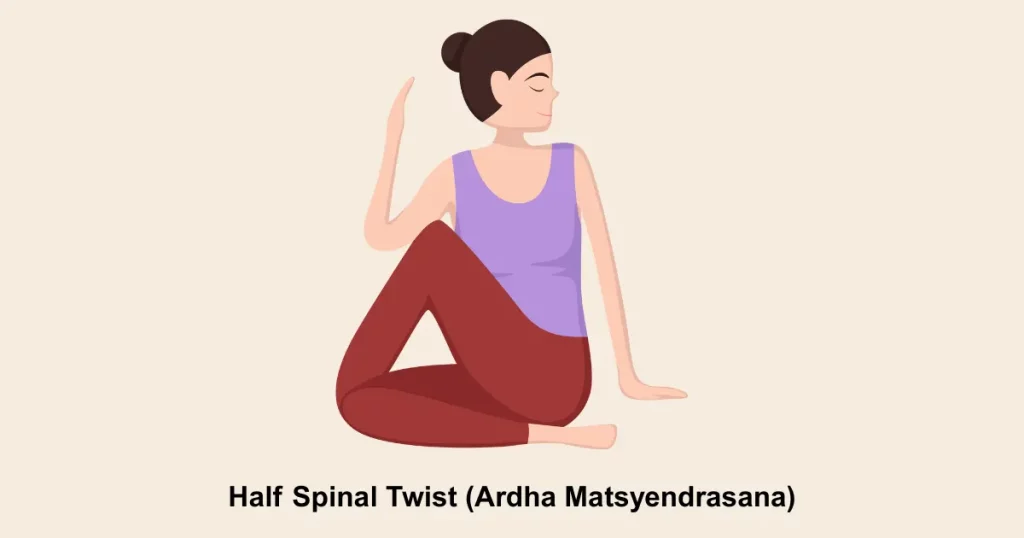
How to do:
- Sit with legs extended.
- Cross your right foot over the left thigh.
- Twist torso to the right, placing left elbow outside right knee.
- Hold for 30 seconds and switch sides.
Benefits:
- Massages kidneys and liver.
- Boosts metabolism and organ detox.
Tip: Avoid if you have spinal injuries or during menstruation.
Tadasana (Mountain Pose)
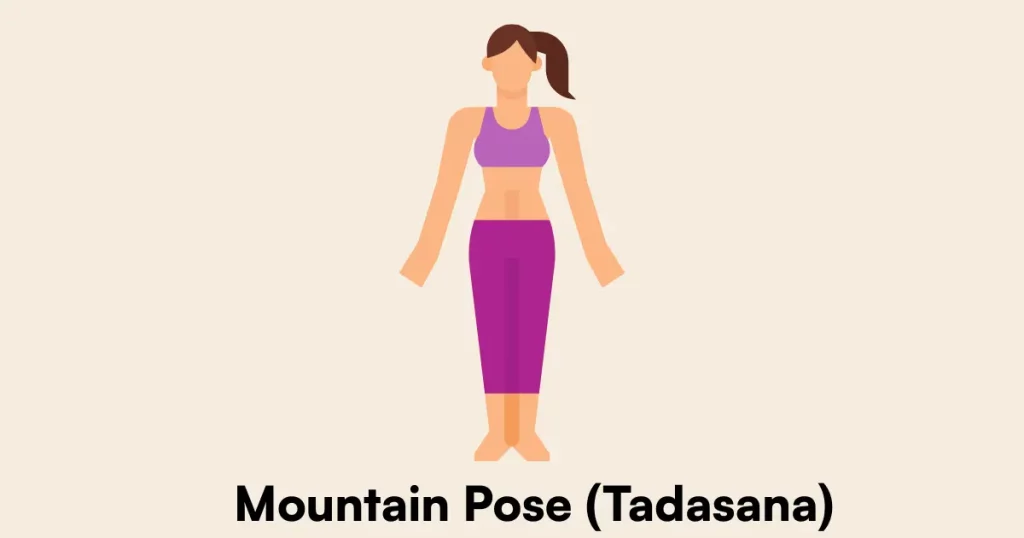
How to do:
- Stand tall with feet together.
- Arms by your sides or raised above head.
- Stretch the body upward while keeping balance.
- Hold for 30 seconds.
Benefits:
- Improves circulation and posture.
- Enhances lymphatic drainage and detoxification.
Tip: Great as a warm-up before other poses.
Setu Bandhasana (Bridge Pose)
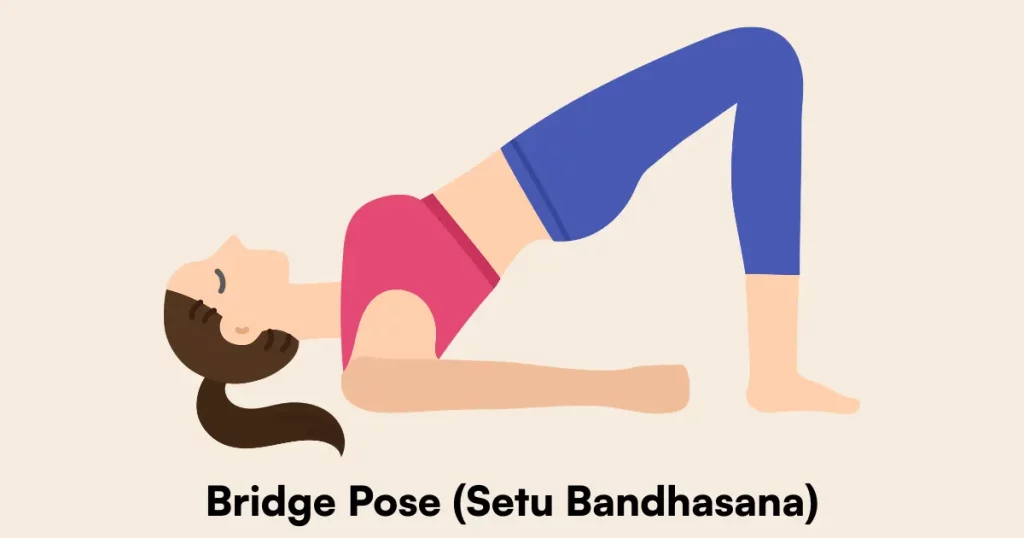
How to do:
- Lie on your back with knees bent and feet hip-width apart.
- Lift hips up while pressing feet into the floor.
- Clasp hands under your back.
- Hold for 30 seconds.
Benefits:
- Stimulates abdominal and pelvic organs.
- Enhances blood filtration through kidneys.
Tip: Use a block under hips for support if you’re a beginner.
Vajrasana (Thunderbolt Pose)
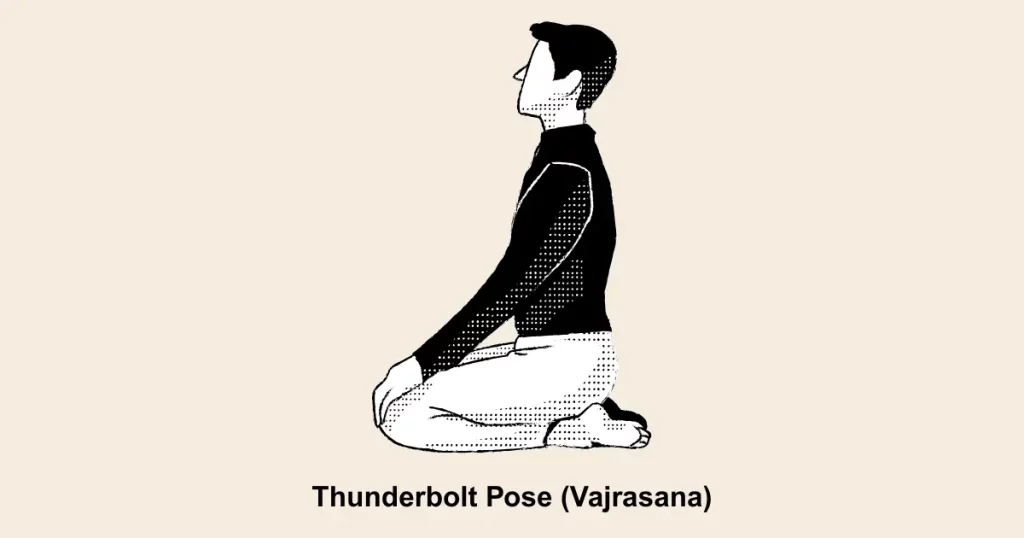
How to do:
- Kneel down and sit back on your heels.
- Keep spine straight and hands on thighs.
- Breathe normally and stay for 1–5 minutes.
Benefits:
- Aids digestion post-meal.
- Prevents uric acid buildup from undigested food.
Tip: Avoid if you have knee injuries or joint pain.
Dhanurasana (Bow Pose)
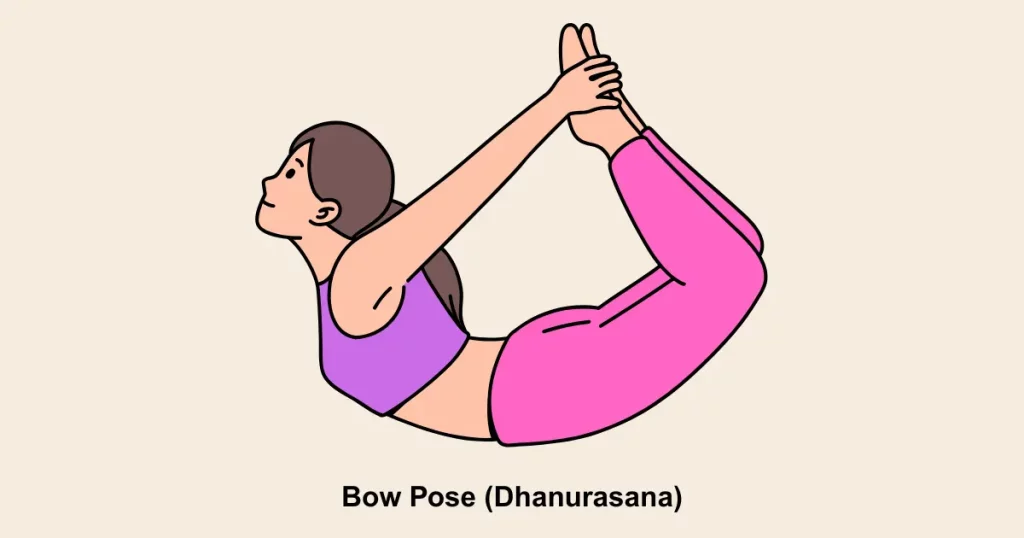
How to do:
- Lie on your stomach.
- Bend knees and hold ankles with hands.
- Inhale and lift chest and legs together.
- Hold for 20 seconds.
Benefits:
- Activates abdominal organs and kidneys.
- Increases metabolic function and detox.
Tip: Avoid during high blood pressure or back pain.
Shalabhasana (Locust Pose)
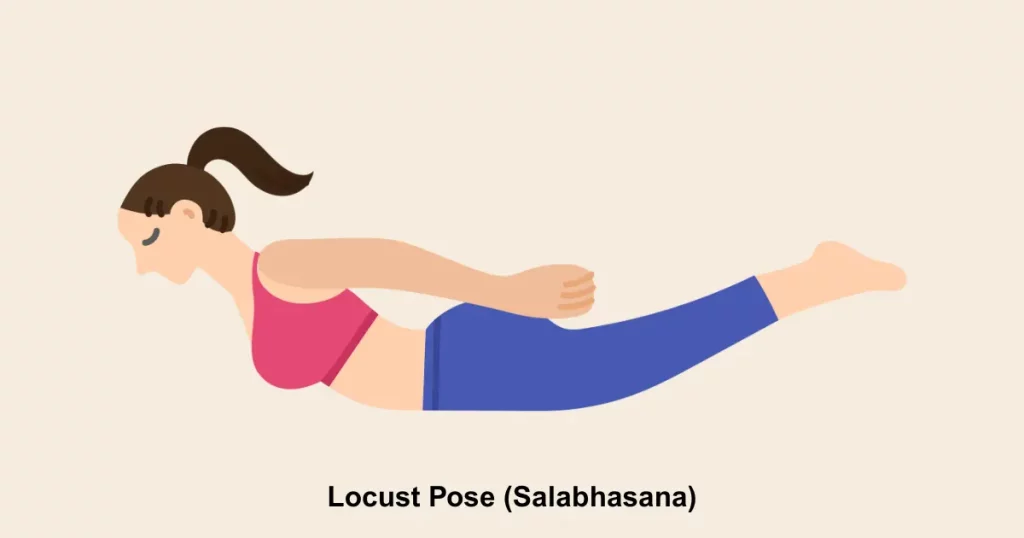
How to do:
- Lie on your stomach, arms beside body.
- Inhale and lift legs and chest off the ground.
- Keep arms straight and stretched back.
- Hold for 20–30 seconds.
Benefits:
- Strengthens lower back and stimulates internal organs.
- Supports kidney detox and uric acid elimination.
Tip: Practice on a cushioned mat to avoid discomfort.
Paschimottanasana (Seated Forward Bend)
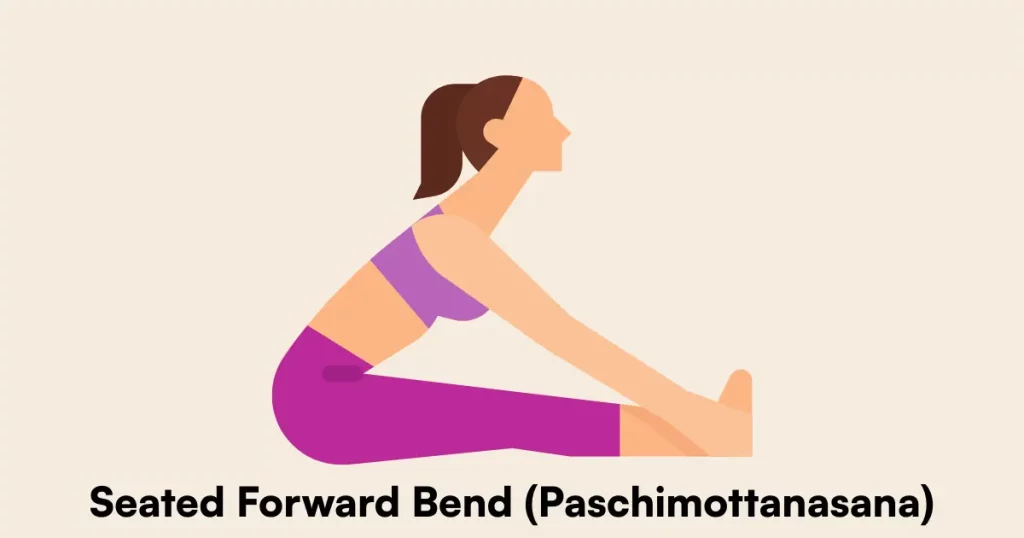
How to do:
- Sit with legs extended.
- Inhale, then exhale and bend forward from hips.
- Try to touch toes, keeping spine long.
- Hold for 30–60 seconds.
Benefits:
- Stimulates liver and kidneys.
- Relieves stress and improves digestion.
Tip: Use a strap around feet if flexibility is limited.
Final Thoughts
Yoga offers a natural way to manage uric acid levels by boosting metabolism, digestion, and kidney function. These 10 poses are beginner-friendly, require no equipment, and can be done at home. With regular practice, you’ll not only feel physically lighter but also more mentally balanced and energized.
Start slow, listen to your body, and stay consistent. Your joints and kidneys will thank you!
Frequently Asked Questions (FAQs)
Q1. Can yoga alone reduce high uric acid levels?
Yoga supports natural detox and improves organ function, but for best results, pair it with proper hydration and a uric acid-friendly diet.
Q2. How often should I practice these yoga poses?
Aim for 20–30 minutes daily or at least 4–5 times a week for noticeable benefits.
Q3. Are there any dietary tips to follow with yoga for uric acid?
Yes, avoid high-purine foods like red meat, shellfish, and alcohol. Include cherries, lemon water, and fiber-rich foods.
Q4. Can I practice these poses during gout flare-ups?
During acute pain, avoid strenuous poses. Stick to gentle stretches like Vajrasana and Tadasana after consulting a doctor.
Q5. Is it okay to start yoga at any age?
Absolutely! These poses are beginner-friendly and can be modified for all age groups with proper guidance.

